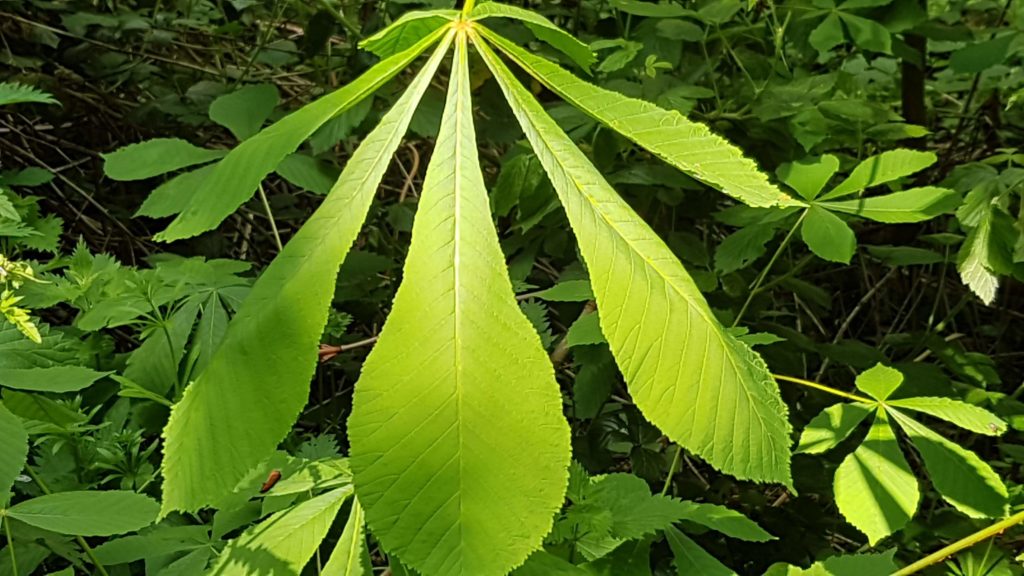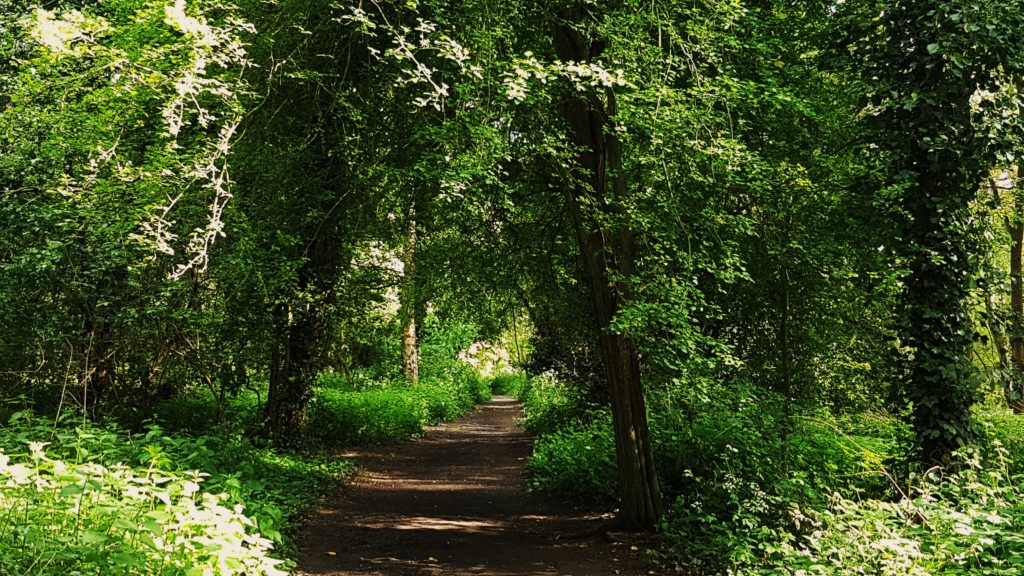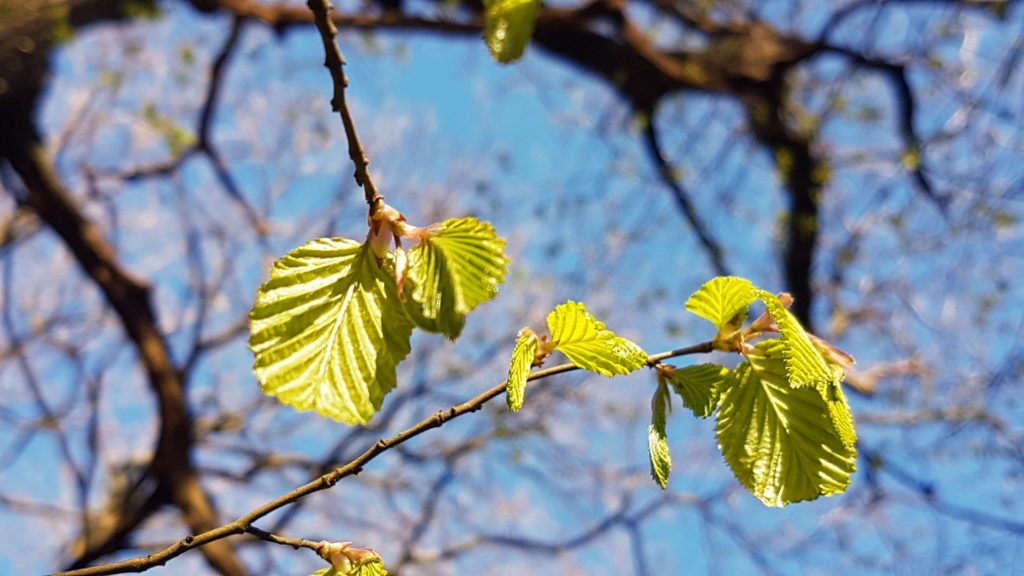Forest bathing conjures up images of sophisticated spa retreats in pine-clad Swedish forests but it’s actually much simpler than that. It’s all about taking slow walks in woodland habitats to savour the sights, sounds, scents and textures of nature. You don’t need any special clothing or equipment, it requires minimal physical exertion and is best done in social isolation – making it the perfect lockdown activity.

Where did forest bathing begin?
Forest bathing or Shinrin-Yoku was first established in Japan in the 1980’s as an antidote to the harmful effects of the tech boom on wellbeing. In a country where 80% of the population live in urban areas, forest bathing is viewed as being an essential preventative measure for both mental and physical health and has now become a household name.
The benefits of being in the forest
Research studies conducted by Chiba University have shown that walks in the forest compared to walks in urban areas have resulted in a 12.4% reduction in the stress hormone cortisone. And further studies have also shown that being in the forest makes us less anxious and helps us sleep better and for longer irrespective of the level of exercise that we are undertaking.

How to do forest bathing
To gain maximum benefit from forest bathing, aim to have as few distractions as possible. Make sure you’re wearing comfortable clothes and shoes suitable for the weather conditions and turn your mobile phone to aeroplane mode to ensure that you’re not tempted to check social media. Take a drink and a few snacks to avoid similarly distracting pangs of hunger and thirst.
Mindfulness is a key part of forest bathing. In contrast to hiking where reaching the destination is the goal, forest bathing is all about the journey and being present to the sights, sounds and smells that surround you. Walk slowly and notice the rustle of wind in the trees, the scent of earth beneath your feet and the sweet sound of birdsong above you. Use your sense of touch to feel the range of different tactile sensations from the solidity of tree trunks to the delicate fronds on ferns.

To distance yourself from distracting thoughts, focus on specific aspects of the forest: from the kaleidoscope of green hues present in the leaves to the diversity of wildlife from birds and bumblebees to butterflies. Take long, slow, deep breaths to attune yourself with the stillness of the forest. To get full benefit from forest bathing aim to stay for two hours but even fifteen minutes has been proven to bring down anxiety levels.
Where to go forest bathing near me?
You can go forest bathing in any public woodland area. You can use this tracker to find out where your nearest local woodland area is. Urban dwellers can head to any public parks where there are trees but try to find an area that’s away from traffic noise and large gatherings of people. Early mornings and evenings and weekday afternoons are the quietest times to visit. Should you want to enhance your experience of forest bathing once lockdown ends, there’s a whole range of guided walks, courses and holidays now available in woodland areas throughout the UK.
